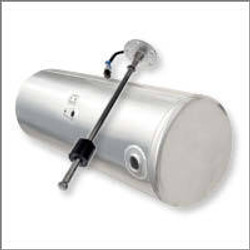
Sterling A-Series Truck Fuel Tanks
-
 Sterling A-Series Fuel Tank Brackets- Straps
Sterling A-Series Fuel Tank Brackets- Straps
-
 Sterling A-Series Truck Fuel Tank Acc.
Sterling A-Series Truck Fuel Tank Acc.
-
 Sterling A-Series Truck Fuel Tank Caps
Sterling A-Series Truck Fuel Tank Caps
-
 Sterling A-Series Truck Fuel Tank Senders
Sterling A-Series Truck Fuel Tank Senders



